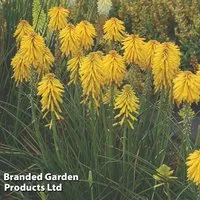“In
winter,
condensation
can
reduce
light
transmission
and
harm
plants.
Our
special
coating
ensures
condensation
forms
a
thin
water
layer
instead
of
droplets,
which
runs
off
safely
into
the
gutters.
This
prevents
diseases
and
maintains
high
light
transmission,”
says
Seiji
Matsuda,
Head
of
global
sales
at
AGC
Green-Tech
as
he
talks
about
the
company’s
Anti-Drip
coating
of
F-CLEAN™.
This
well-established
technology,
developed
over
30
years
ago,
continues
to
be
essential
as
greenhouse
condensation
can
severely
impact
plant
health
by
causing
diseases
if
droplets
fall
onto
the
crops
and
the
floor.
AGC
Inc.,
the
parent
company
of
AGC
Green-Tech,
has
a
global
footprint
in
Japan,
Asia,
Europe,
and
the
Americas,
especially
in
the
glass
and
chemical
sectors,
but
also
in
advanced
ceramics
and
life
sciences.

The
AGC
Green
Tech
/
F-CLEAN
team
pictured
at
the
GPEC
On
the
horticulture
end,
AGC
Green-Tech
offers
a
range
of
F-CLEAN
film
designed
to
meet
different
greenhouse
needs.
Whether
it’s
a
clear
film
for
maximum
light
transmission
or
a
diffused
film
that
scatters
light
evenly,
there’s
a
solution
for
every
type
of
crop
and
growing
condition.
“Light
coming
into
the
greenhouse
is
always
shifting,
from
morning
to
sunset,
summer
to
winter.
We
offer
films
that
can
adapt
to
these
changes,
ensuring
optimal
light
transmission
throughout
the
day
and
year,”
Seiji
explains.
The
benefits
of
diffused
light
are
particularly
noteworthy.
“For
trellis
plants
like
tomatoes
and
capsicum,
our
diffused
films
can
increase
the
yield
of
the
crop
production,
for
example,
cucumber
production
in
kilograms
increased
by
4.3%
and
the
number
of
cucumbers
increased
by
7.8%
compared
to
clear
greenhouses.
These
results
are
based
on
trials
conducted
at
Wageningen
University.
The
light
is
scattered
in
different
angles,
ensuring
that
the
entire
plant,
not
just
the
top,
receives
enough
light,”
Seiji
notes.
However,
he
adds
that
for
shorter
crops
like
lettuce,
the
benefits
of
diffused
light
are
less
significant.

A
Korean
greenhouse
operator
using
a
multi-tier
system
Robustness
and
longevity
At
the
core
of
AGC
Green-Tech’s
innovation
is
its
F-CLEAN
greenhouse
film,
made
from
ETFE
(Ethylene
Tetrafluoroethylene),
a
highly
durable
and
versatile
fluoropolymer.
“ETFE
is
a
unique
material
thanks
to
its
molecular
structure,
which
combines
fluorine
and
carbon
atoms
to
form
one
of
the
strongest
chemical
bonds
possible.
This
structure
endows
ETFE
with
exceptional
durability,
potentially
lasting
for
many
decades.
While
the
material
hasn’t
yet
reached
its
full
potential
lifespan
in
practical
use,
it
has
already
been
in
service
for
35
years
and
continues
to
perform
as
if
it
were
new.
Given
its
long
life
expectancy,
ETFE
film
presents
a
highly
viable
alternative
to
poly
film
commonly
used
in
the
horticultural
industry,
which
requires
frequent
replacement,”
Seiji
explains.
ETFE’s
journey
begins
with
fluorite,
a
mineral
sourced
from
select
regions
around
the
world.
AGC
then
transforms
it
into
ETFE
resin
and
finally
into
the
ETFE
film,
all
within
its
facilities.
“We
do
everything
from
material
production
to
creating
the
film
itself.
This
gives
us
complete
control
over
quality,
allowing
us
to
offer
a
range
of
solutions,
including
Anti-Drip
coatings,
UV
transmission
control,
surface
structural
treatments,
and
advanced
color
technology.”
We
build
the
entire
film
from
A
to
Z,
ensuring
that
every
aspect
meets
our
high
standards,”
Seiji
emphasizes.

A
German
lettuce
greenhouse
operator
The
non-stick
properties
of
ETFE
are
another
critical
advantage.
“ETFE
is
inherently
non-stick,
meaning
very
few
substances
adhere
to
its
surface.
If
anything
does
stick,
it
doesn’t
last
long.
This
property,
combined
with
its
durability,
means
our
film
stays
clear
and
efficient
over
time,”
Seiji
points
out.
This
non-stick
characteristic
makes
F-CLEAN
film
ideal
for
environments
where
safety
and
hygiene
are
paramount,
such
as
hospitals
and
sports
arenas.
“Our
film
has
never
caught
fire.
It
might
melt,
but
it
won’t
ignite,
making
it
a
safer
choice
for
many
applications,”
Seiji
adds.
Economical
solutions
Despite
the
many
advantages
of
F-CLEAN
film,
adoption
has
its
challenges,
particularly
regarding
cost
and
installation.
“Our
film
requires
a
specific
tensioning
system
for
proper
installation,
which
not
all
growers
are
ready
to
modify.
The
process
is
intricate,
and
while
the
end
product
is
superior,
it’s
also
more
expensive
due
to
the
complex
chemical
processes
involved,”
Seiji
admits.
However,
AGC
Green-Tech
is
actively
working
to
overcome
these
challenges
by
collaborating
closely
with
greenhouse
builders
and
offering
campaigns
to
lower
costs.
“We
are
committed
to
collaboration
and
innovation.
By
working
together
with
greenhouse
builders,
we
can
offer
solutions
that
are
not
only
high-quality
but
also
economical,”
Seiji
concludes.

A
Japanese
strawberry
greenhouse
grower
Incorporating
sustainability
Seiji
also
emphasizes
the
importance
of
sustainability
in
AGC’s
operations.
“We
are
focused
on
sustainability
management.
Our
vision
for
2030
is
not
just
about
numbers
but
also
about
social
values.
We’re
committed
to
creating
materials
that
last
longer,
reduce
waste,
and
ultimately
help
our
customers
operate
more
sustainably,”
he
explains.
Aligning
their
new
vision
on
sustainability,
AGC
is
committed
to
exploring
ways
to
enhance
sustainability
in
agriculture
by
leveraging
the
unique
strengths
of
ETFE
film
and
glass.
“While
we
are
not
currently
offering
specific
products
or
services
related
to
the
integration
of
renewable
energy
with
greenhouse
structures,
we
are
actively
investigating
how
our
materials
can
support
sustainable
agricultural
practices,
helping
growers
reduce
their
carbon
footprint
while
maintaining
high
productivity.
We
remain
open
to
suggestions
from
our
customers
and
potential
partners
as
we
continue
to
explore
these
opportunities,”
Seiji
shares.
As
AGC
Inc.
approaches
its
50th
anniversary
of
the
ETFE
film
business,
the
company
is
eager
to
celebrate
its
milestones
with
customers
and
partners.”The
year
2026
marks
the
50th
anniversary
of
our
ETFE
film
business.
We
look
forward
to
carrying
forward
our
spirit
of
innovation
and
excellence.”
 For
For
more
information:
AGC
Green-Tech
Co.,
Ltd.
/
AGC
Inc.
Seiji
Matsuda,
Head
of
global
sales
[email protected]
www.f-clean.net

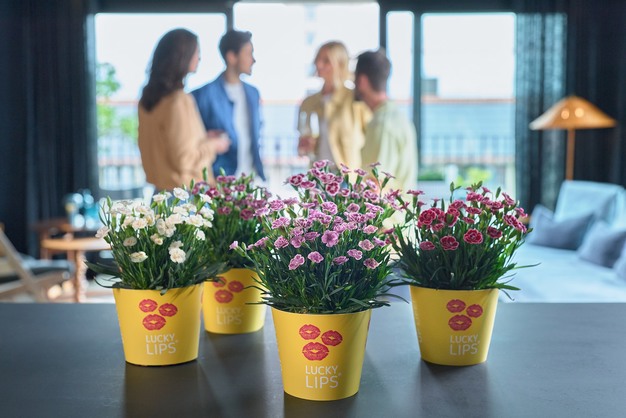
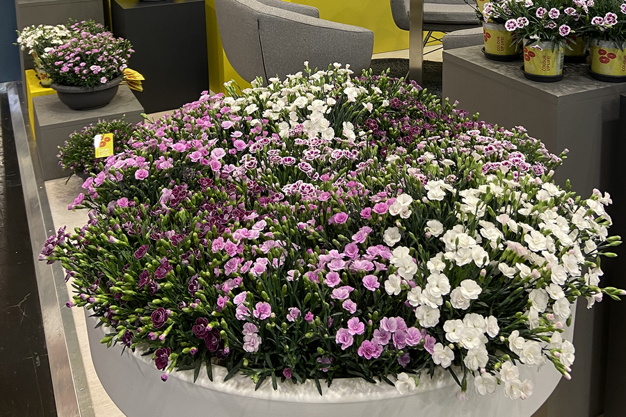

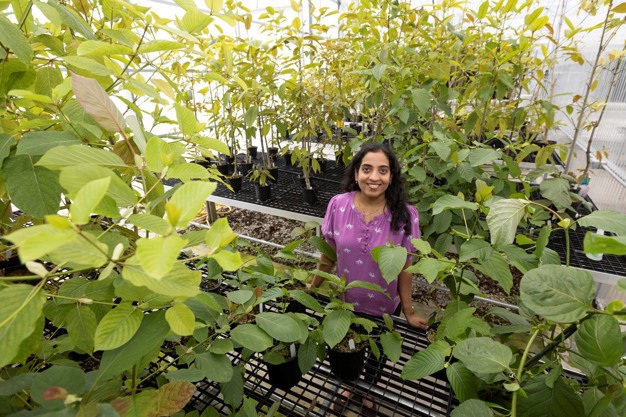 Satya
Satya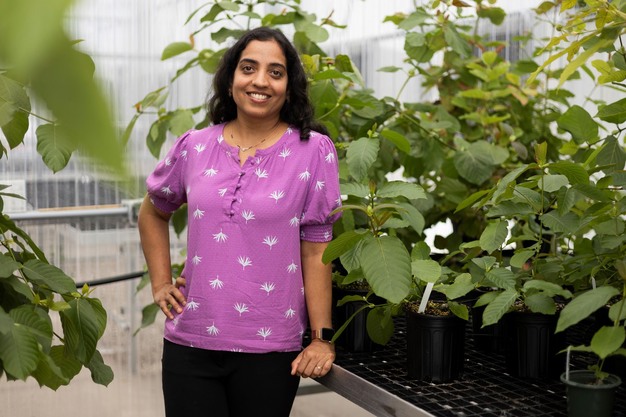



 The
The


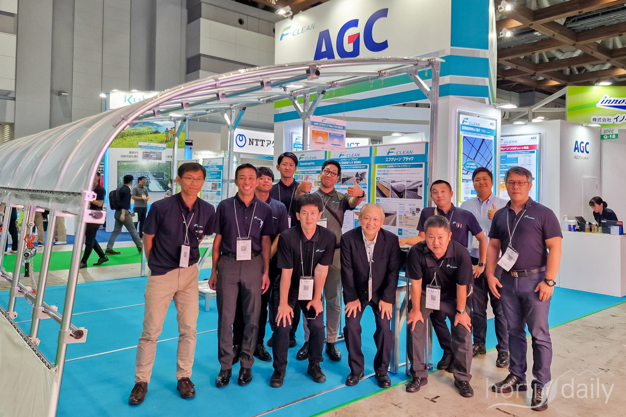
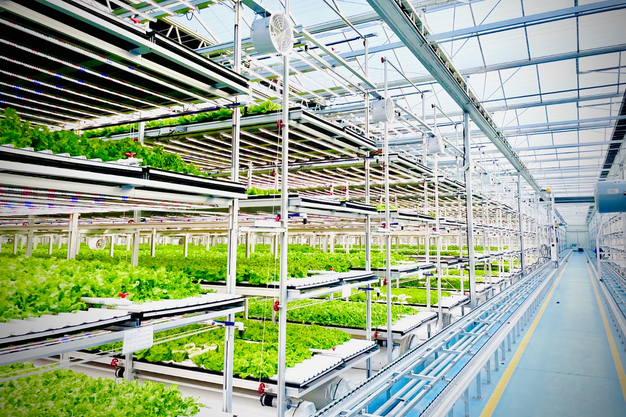


 For
For



